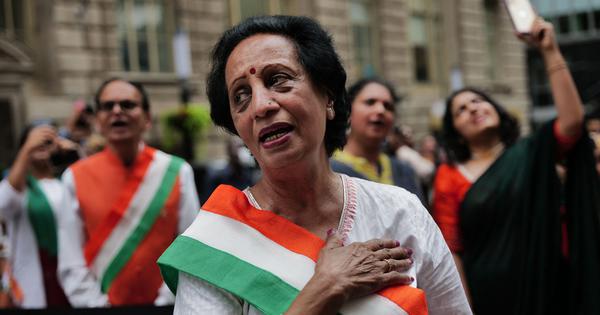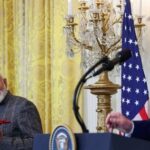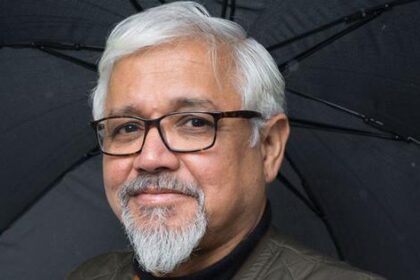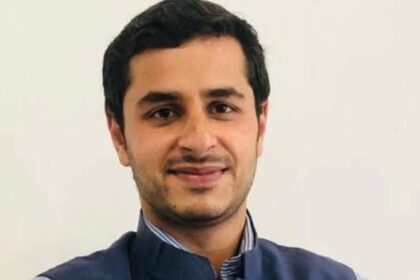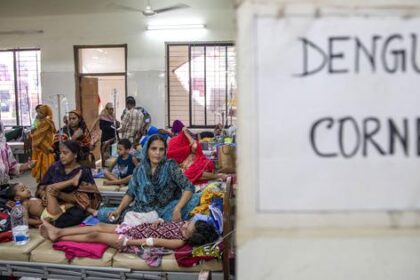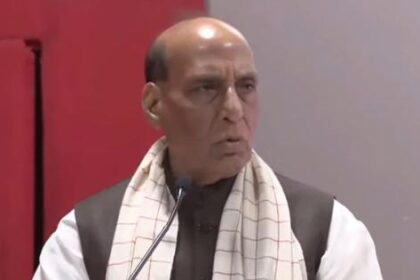Community leaders emphasize the need for unity and political engagement among Indian-Americans amid rising hostility.
Community leaders express an urgent need for Indian-Americans to build solidarity with other minority groups, engage at the grassroots level, and organize politically. The Indian-American population has grown significantly, surpassing 5 million, and this demographic shift has not come without its challenges. Once regarded as a ‘model minority’ due to their high educational achievements and economic success, many in this community now face unprecedented levels of hostility.
According to a report by AAPI Equity Alliance, digital harassment aimed at South Asians surged by 75% between December 2024 and January, reflecting a troubling trend. Viral videos ridiculing Indian festivals and derogatory online comments about the community’s economic contributions have contributed to a strained image. Observers question how the Indian-American community, once proud of its status, became a target of hate, with many feeling too fearful to voice their concerns.
The Indian-American community boasts a median income of $151,200, significantly higher than the national average. Approximately 77% hold a bachelor’s degree or higher, and 45% have postgraduate degrees. This level of success, however, has led to growing resentment. Yogesh Joshi, director of the India Center at the University of Central Florida, points out that the stereotype of Indian Americans as affluent professionals has taken on deeper political implications. He notes that boasting about income can now make individuals targets.
Political discussions surrounding H-1B visas, particularly the high percentage of these visas issued to Indian nationals, have fueled hostility. In 2024, Indians received about 71% of approved H-1B visas. This has led to perceptions that Indian professionals are undermining American workers, especially in the software sector. Trump’s administration’s decision to raise H-1B application fees to $100,000 has further intensified these sentiments, being framed as a protective measure for American workers.
These political debates are producing tangible consequences for the Indian-American community. Traditionally, they have publicly celebrated India Independence Day and other cultural festivals, yet this year, some events faced backlash. In Texas, a coffee shop owner posted a mocking video of Ganesh Chaturthi celebrations, igniting controversy and debate over immigration and assimilation. This incident reflects a broader sentiment of alienation that some Indian-Americans now experience.
Many community members, including Saba Haider, a Democratic Party candidate in Illinois, have realized that their perceived superiority based on educational and financial status does not shield them from discrimination. The political climate has changed, with comments from public figures, including Trump, that many interpret as derogatory towards Indian-Americans, further exacerbating the situation. The environment has become one where being a minority is accompanied by fear and scrutiny.
Shashi Tharoor, a Congress MP, has remarked on the community’s silence regarding issues affecting India-US relations, a sentiment that resonates with many in the diaspora. Some, like Shankha Guchait, express concerns about the risks of speaking out, fearing repercussions on their visas or jobs. This fear contributes to a culture of silence that stifles political organization within the community.
Yogesh Joshi highlights that despite Indian-Americans holding influential positions in US administrations, there is a lack of political cohesion. He attributes this to a previously held belief that Indian-US relations were stable and would naturally progress. This complacency contrasts with other minority groups that have actively engaged in political advocacy.
The future of Indian-American relations in the US may hinge on the upcoming election cycle. Some community leaders, like Saba Haider, remain hopeful that a change in administration could alleviate tensions. However, others, including Joshi, caution that the underlying issues of resentment and fear may persist beyond any single political administration. For now, leaders are advocating for vigilance, solidarity, and proactive engagement with other minority communities.

